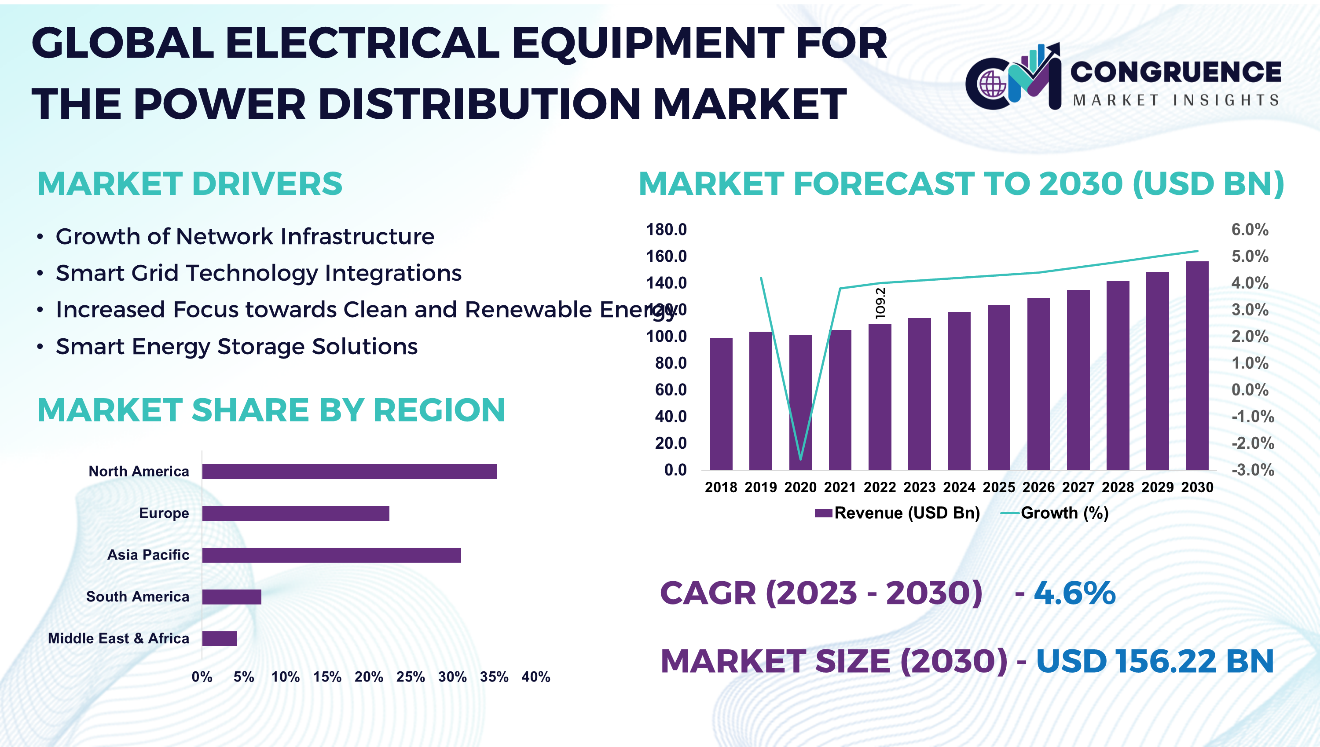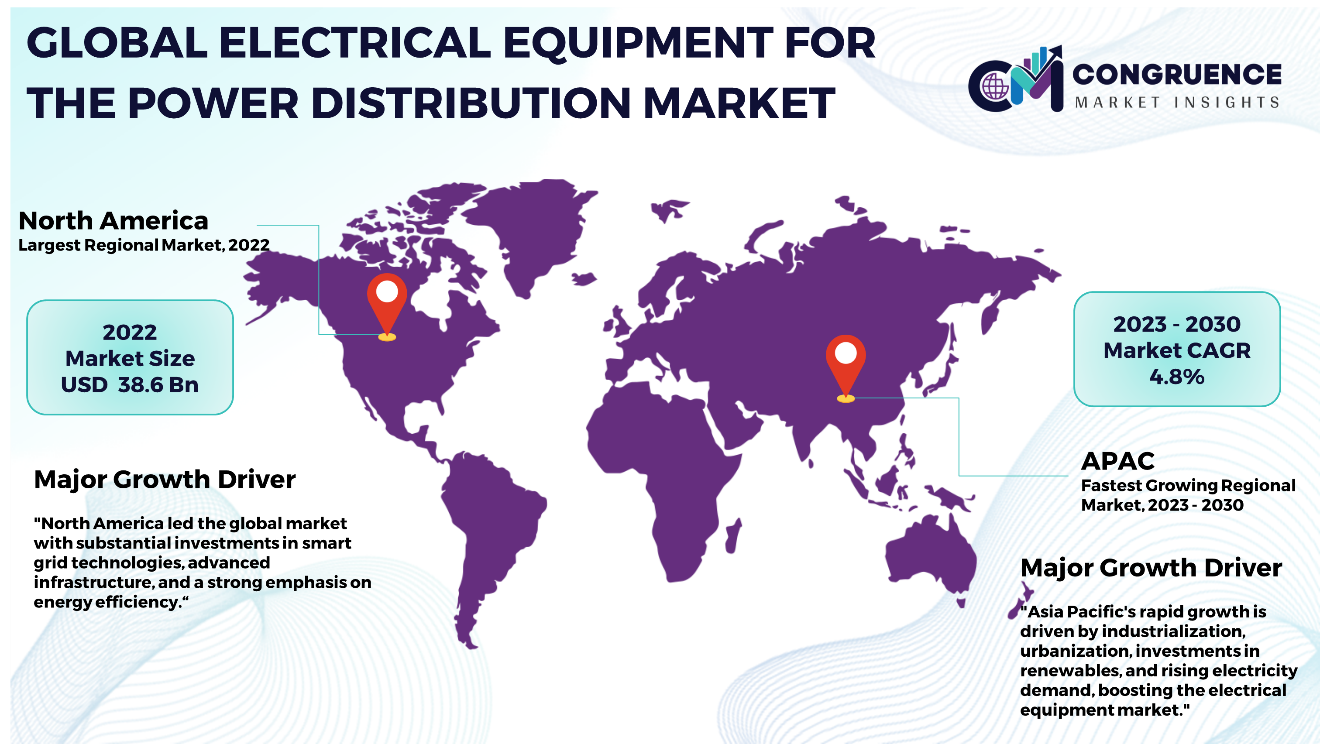Reports
The global regenerative agriculture market was valued at USD 8,240.3 Million in 2022 and is anticipated to reach a value of USD 22,653.8 Million by 2030 expanding at a CAGR of 13.6% between 2023 and 2030.
The global market for regenerative agriculture comprises farming practices and systems designed to improve soil health, increase the resilience of ecosystems, and raise the general ecological viability of crop production. Regenerative agriculture deviates from conventional sustainable farming methods by actively restoring the land, soil, and associated ecosystems. It gives special attention to methods that increase soil organic matter content, enhance water retention, reduce erosion, and promote biodiversity. Reduced tillage, the use of cover crops, crop rotation, and the addition of organic materials are some of these methods that improve soil health. Strong soil health increases resilience to environmental stressors and promotes higher productivity. Traditional farming techniques such as tilling and plowing cause organic matter to come to the surface, which encourages oxidation and releases carbon dioxide (CO2) from the soil. The loss of soil organic matter is thought to be responsible for around one-third of all anthropogenic CO2 emissions to the atmosphere since the Industrial Revolution. This tendency could be reversed by using regenerative agricultural techniques such as cover crops, mixed crop rotation, rotational grazing, no-till farming, and the use of manure and compost. With no-till farming, crop leftovers are compressed during seeding, which replenishes the soil with carbon. Adopting no-till methods may treble the soil's carbon content in less than 15 years, according to some studies.

Regenerative Agriculture Market Major Driving Forces
Environmental Issues: The depletion of soil, water shortages, and the effects of global warming are among the environmental issues that are driving the worldwide market for regenerative agriculture. Regenerative agricultural techniques, which are thought to be more environmentally friendly and sustainable, are becoming a growing trend as a result of this increased awareness. Nowadays, companies and consumers are actively looking for farming practices that align with environmental protection.
Government Support: Government backing has been essential in driving the global market for regenerative agriculture. Regenerative agricultural methods are being supported and encouraged by numerous governments via grants, rewards, and laws.
Enhancement of Biodiversity: Studies suggest that regenerative agriculture increases biodiversity by giving beneficial insects, birds, and soil creatures a place to live. Additionally, by using less artificial pesticides, such strategies help animals and pollinators alike.
Water Management: Regenerative techniques
lower soil erosion and increase water infiltration, such as reduced tillage and
cover crops. More effective water quality and less runoff result from this,
which is essential for preserving aquatic ecosystems.
Regenerative Agriculture Market Key Opportunities
Eco-Friendly and Sustainable Options: The increasing demand for eco-friendly products presents an opportunity for the regenerative agriculture market to develop and promote sustainable options. Manufacturers can capitalize on this trend by promoting regenerative agriculture as a means to reduce negative environmental impact.
Supply Chain Integration: Studies emphasize that supply chain integration, in order to guarantee the effective marketing and distribution of regenerative products, is expected to open the doors for greater opportunities for the regenerative agriculture market. In order to close the gap between producers and consumers, cooperation between stakeholders is essential.
Technological Advancements: Technology breakthroughs are creating significant opportunities for the global regenerative agriculture market. The application of regenerative methods is becoming increasingly successful and productive owing to innovations such as precision farming, data analytics, and remote sensing. These innovations are simplifying agricultural processes and increasing the profitability and accessibility of regenerative agriculture.
Regenerative Agriculture Market Key Trends
· Demand for produce and products that follow regenerative farming practices is rising as a result of this growing awareness of regenerative agriculture.
· Every growing season, farmers rotate their crops by planting different kind of crops in the same spot. This guarantees that plants that fix nitrogen, such as legumes, can enrich the soil with nutrients that other plants can absorb.
· Eliminating tillage contributes to the process of plants sequestering carbon from the atmosphere into the soil, which in turn slows down global warming.
· Regenerative agriculture is progressing owing to a large part to technology. Sensor technologies, data analytics, and precision farming technologies are being used.
Region-wise Market Insights
North America accounted for the largest market share at 37.2% in 2022 whereas, Asia Pacific is expected to register the fastest growth, expanding at a CAGR of 14% between 2023 and 2030.

With a 37.2% market share and USD 3065.4 million, North America leads the world in regenerative agriculture. This is attributed to a number of significant players who are involved in the community and are developing initiatives to promote the application of regenerative farming practices. It is anticipated that farmer knowledge of the benefits of regenerative agriculture and proactive support from major players via the implementation of a carbon credit scheme will propel the region's market. The market is growing due to local customers being willing to pay more for food products that come from sustainable sources. Asia Pacific is a market for regenerative agriculture that is growing at the fastest rate of 14% CAGR and has a market share of 25.5% owing to the increasing preference for organic and sustainable foods. Regenerative agriculture approaches have been promoted by countries such as China, India, and Australia in an attempt to address the environmental and social problems that the agriculture sector is facing. Regenerative agriculture techniques are becoming more and more popular due to market demand, government initiatives, and the goal of improving soil health.
Market Competition Landscape
The global market for regenerative agriculture is distinguished by intense competition among numerous suppliers. Important players in the market for regenerative agriculture use tactics to get an advantage over their rivals. In order to adapt to changing consumer preferences, these strategies include product innovation, design differentiation, and the use of eco-friendly and sustainable materials. Established brands rely on their quality and dependability reputation to hold onto market share, while more recent competitors concentrate on disruptive innovations and USPs. Some players engage in innovation by developing cutting-edge, technologically integrated regenerative agriculture techniques. These methods include remote sensing, data analytics, and precision farming.
Key players in the global regenerative agriculture market implement various organic and inorganic strategies to strengthen and improve their market positioning. Prominent players in the market include:
· Indigo Agriculture
· AppHarvest
· Regen Network
· General Mills
· Corteva Agriscience
· Bayer
· Nature's Path Organic
· Soil Capital
· Patagonia Provisions
· Savory Institute
· Farmers Business Network (FBN)
· Farmland LP
· Steward
· Ecocert
An agricultural technology company called Indigo Agriculture is situated in Boston, Massachusetts. It is renowned for emphasizing the use of microbial technology to increase the resilience and health of crops. They provide digital platforms and microbial seed treatments to link farmers with consumers looking for crops that are produced sustainably. Via Indigo Carbon, Indigo has also worked with Dogfish Head Brewery to create Re-Gen-Ale, a traceably sourced beer made with sustainable wheat cultivated through regenerative farming. Minnesota-based General Mills is a multinational American corporation. By 2030, it aims to spread regenerative agriculture over a million acres of farmland. General Mills is putting the farmer front and center with this work. The business has employed a number of pilot projects to comprehend the difficulties that farmers encounter in relation to particular crops and geographical areas and to identify practical solutions. The company offers one-on-one technical support, individualized coaching, and multi-day workshops on regenerative farming principles to farmers.
|
Report Attribute/Metric |
Details |
|
Market Revenue in 2022 |
USD 8240.3 Million |
|
Market Revenue in 2030 |
USD 22,653.5 Million |
|
CAGR (2023 – 2030) |
13.6% |
|
Base Year |
2022 |
|
Forecast Period |
2023 – 2030 |
|
Historical Data |
2018 to 2022 |
|
Forecast Unit |
Value (US$ Mn) |
|
Key Report Deliverable |
Revenue Forecast, Growth Trends, Market Dynamics, Segmental Overview, Regional and Country-wise Analysis, Competition Landscape |
|
Segments Covered |
· By Component (Solutions, Services) · By Agriculture Type (Agroforestry, Biochar) · By End-user (Farmers, Service Organization) |
|
Geographies Covered |
North America: U.S., Canada and Mexico Europe: Germany, France, U.K., Italy, Spain, and Rest of Europe Asia Pacific: China, India, Japan, South Korea, Southeast Asia, and Rest of Asia Pacific South America: Brazil, Argentina, and Rest of Latin America Middle East & Africa: GCC Countries, South Africa, and Rest of Middle East & Africa |
|
Key Players Analyzed |
Indigo Agriculture, AppHarvest, Regen Network, General Mills, Corteva Agriscience, Bayer, Nature's Path Organic, Soil Capital, Patagonia Provisions, Savory Institute, Farmers Business Network (FBN), Farmland LP, Steward, Ecocert |
|
Customization & Pricing |
Available on Request (10% Customization is Free) |
